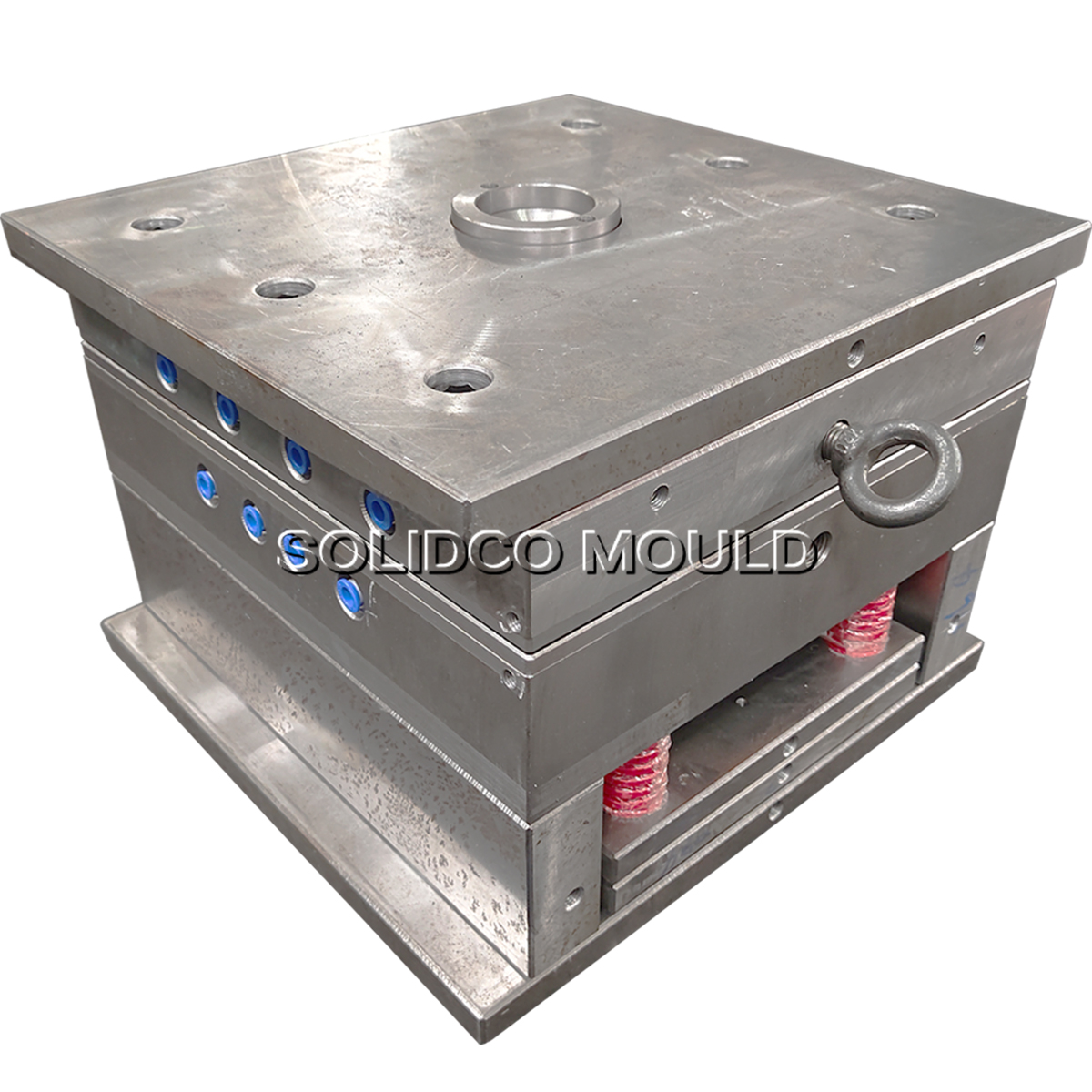
Due to the high light transmittance of transparent plastics, the surface quality of plastic products must be strictly required, and there must be no markings, pores, mould or whitening. The defects such as fog halo, black spots, discoloration, poor gloss, etc., thus the raw materials and equipment are used throughout the injection molding process.
The design of molds and even products must pay great attention to and put forward strict and even special requirements. Secondly, since transparent plastics have high melting point and poor fluidity, in order to ensure the surface quality of the product, it is often necessary to make fine adjustments to process parameters such as high machine temperature, injection pressure, and injection speed, so that the mold can be filled when injection molding, without causing internal stress, causing product deformation and cracking.
The following is the preparation of the raw materials. Let’s talk about the things to pay attention to in terms of equipment and mold requirements, injection molding process and raw material treatment of products.
Preparation and drying of raw materials
Since any impurities are contained in plastics, it may affect the transparency of the product, and therefore storage and transportation. During the feeding process, attention must be paid to sealing to ensure that the raw materials are clean.
Especially the raw materials contain moisture, which will cause the raw materials to deteriorate after heating, so they must be dried. During injection molding, a drying hopper must be used to add the material. It should also be noted that during the drying process, the input air should be filtered and dehumidified to ensure that the raw materials will not be contaminated.
Cleaning of barrels, screws and accessories
In order to prevent raw material contamination and the presence of old materials or impurities in the recesses of screws and accessories, especially resins with poor thermal stability exist. Therefore, before use and after shutdown, screw cleaning agents should be used to clean each piece so that they should not be stuck with impurities. When there is no screw cleaning agent, the screws can be cleaned with resins such as PE and PS.
When the machine is temporarily shut down, in order to prevent the raw materials from staying at high temperature for a long time and causing degradation, the temperature of the dryer and barrel should be reduced, such as the temperature of the barrel such as PC, PMMA, etc., should be lowered to below 160℃. (The hopper temperature should be lowered below 100℃ for PC)
Mold design (including product design)
In order to prevent poor return flow or uneven cooling, resulting in poor plastic molding, resulting in surface defects and deterioration, the following points should be paid attention to when designing molds:
The wall thickness should be as uniform as possible, and the mold release slope should be large enough;
The transitional part should be gradually. Smooth transitions to prevent sharp corners. Sharp edges are generated, especially PC products, and there must be no gaps;
Gate. The runner should be as wide and thick as possible, and the gate position should be set according to the shrinkage and condensation process, and if necessary, the refrigerated material well should be added;
The surface of the mold should be smooth and have low roughness (preferably below 0.8);
Exhaust hole. The tank must be sufficient to promptly discharge the air and gas from the melt;
Except for pet, the wall thickness should not be too thin, generally not less than 1 mm.

